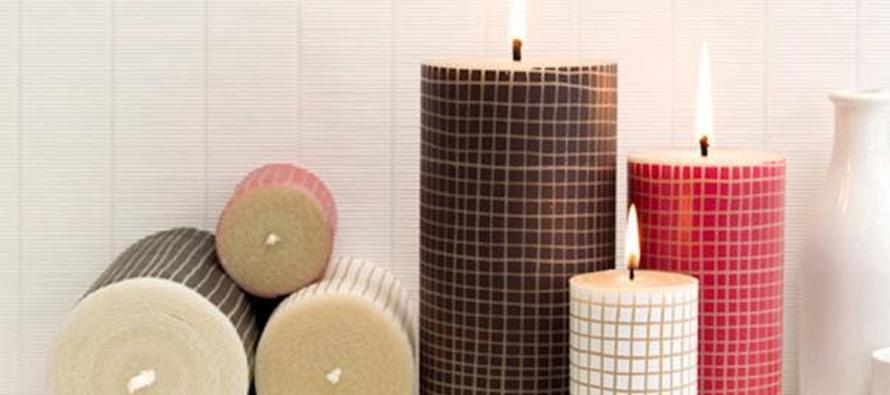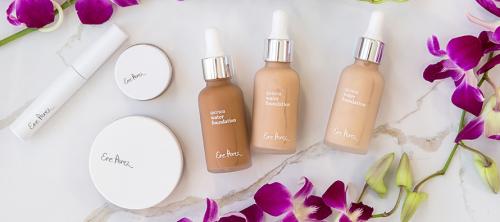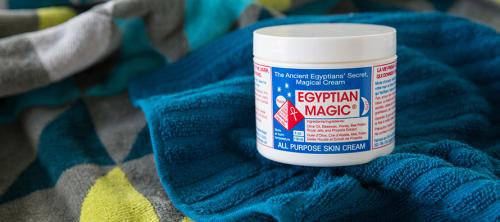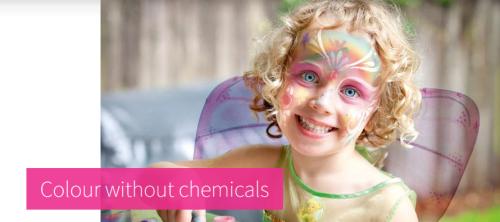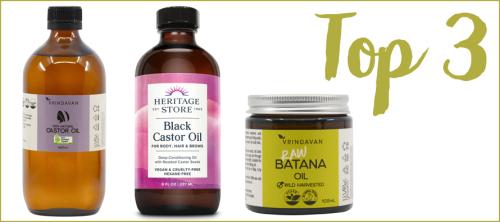Are you candles safe or toxic?
Candle Lovers - warning. There's a chance the candles you're burning are creating some toxins in your home, espeically in cooler weather when the home isn't well ventilated. Are your candles safe or toxic. What ingredients can cause your candles to release toxins in to the air? We will discuss the following options in this article.
- The wax used
- The fragrance used
- The wick
Is the wax in your candle releasing toxins in your home?
Candles are usually made from 4 different types of raw ingredients, and only one of them is considered to be non-toxic. Are you burning the right one?
- Paraffin Wax - WORST OPTION
- Soy Wax
- Palm Oil Wax
- Beeswax - SAFEST OPTION
PARAFFIN WAX is a toxic petrochemical by-product that arrives at the factory with warnings for workers to wear goggles, a mask and gloves. Once they work their magic by dying it, adding artificial fragrance, you burn them in your home and release these toxins in to the air you breathe. It doesn't matter if it's food grade paraffin wax or the cheapest & nastiest tealight candles on the market, the end result is the same. A large number of the scented candles on the market in major stores are made from paraffin wax, especially discount and clearance stores.
SOY AND PALM WAX aren't wax naturally. They're oils. We start with whatever pesticides were sprayed on the crops when they were grown and then add some chemical bleach and then they're hydrogenated with nickel to turn them in to a wax. Each year, billions of tonnes of environmentally destructive dioxins are produced making these candles that most people think are the safe & natural alternative to petrochemical paraffin wax. You'll find Soy Candles being sold by people at markets. Don't be fooled, while they're a little better than paraffin candles, you still have a fair way to go in the health & eco areas to find a truly safe alternative. Crops for Soy & Palm are primarily grown in third world countries where billions of hectares of virgin rainforest have been cleared to make room for these plantations.
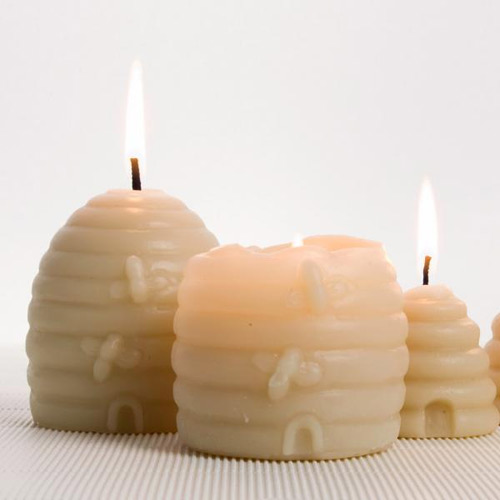
BEESWAX CANDLES are the ONLY safe & natural alternative. 100% Beeswax candles (and do check you're not buying something that's just been 'green washed' with 5% beeswax) are carbon neutral, non-toxic and are a natural air ioniser, helping to remove toxins, dust, bad aromas, viruses, germs, mould & mildew from the air.
Beeswax has a higher melting point than the other waxes, which means the candles burn longer, and in a draft free environment, smokeless AND drip free. They'll burn up to 10x longer than so called 'cheaper' alternatives.
Bees pollinate our forests and up to a third of the food we eat. For each kilo of beeswax, a female worker bee will eat 10kg of honey, fly 530,000km and visit 70 million flower blossoms. No wonder they're called 'worker' bees!
Health & safety information and images courtesy of Queen B Australia.
Is the fragrance in your candle releasing toxins in your home?
Do you know where the fragrance is coming from in your candle? While many candle makers who make soy candles use essential oils for fragrance, cheaper parrafin wax candles rarely do. They usually create their scent with something from a lab. If you have read the book The Case Against Fragrance by Kate Grenville, you will know the harm that synthetic fragrances can cause people.
When you then talk about the safest candles, the beeswax, they have their own scent and most beeswax candle manufacturers don't scent their candles with anything. If you want to scent a room, it's safer (no naked flames) and more economical to use an aroma diffuser and pure essential oils.
Is the wick in your candle releasing toxins in your home?
Cotton, hemp or wood wicks are the best. Back in the 'day', lead wicks were a thing, but they have been banned. You're as likely to find lead in a candle wick as you are to find bpa in a baby bottle. They just don't do it anymore.
It is important to keep your wick trimmed so it burns cleanly and doesn't release soot in to the air. Some essential oils will make your wick prone to releasing more soot too. Work on keeping the wick trimmed.
